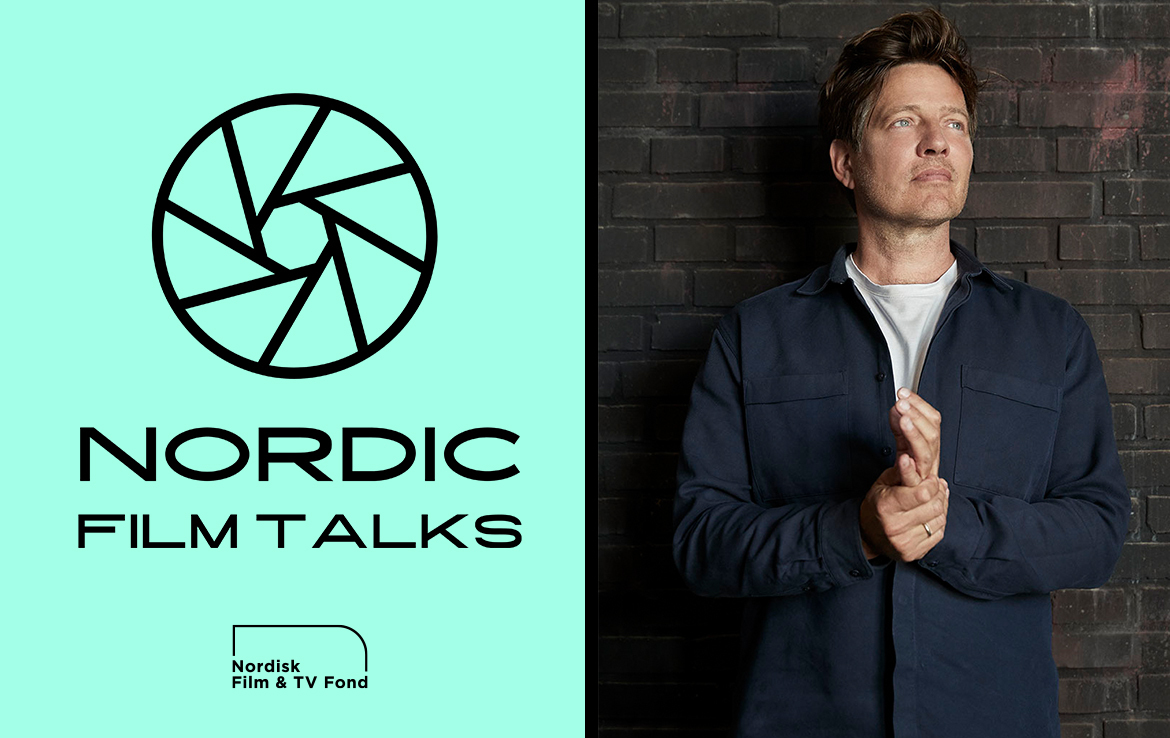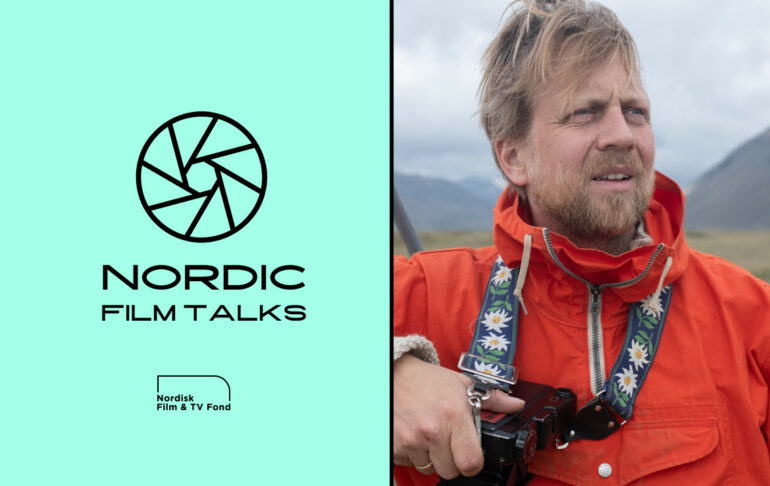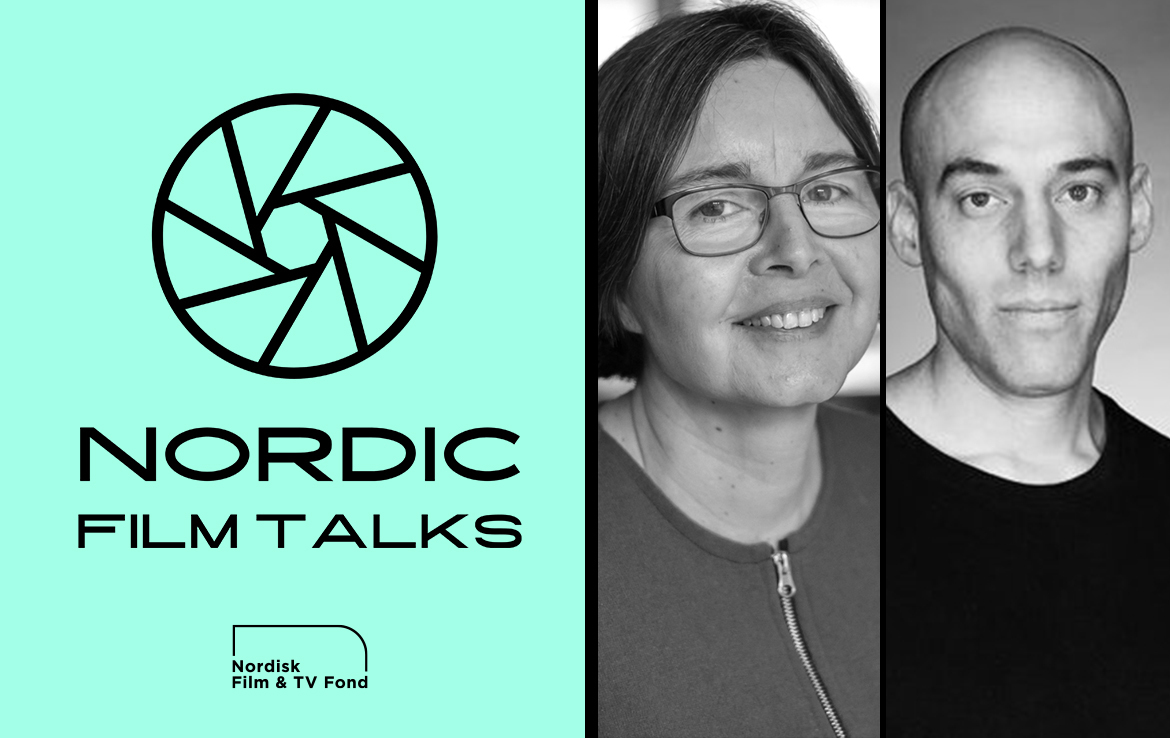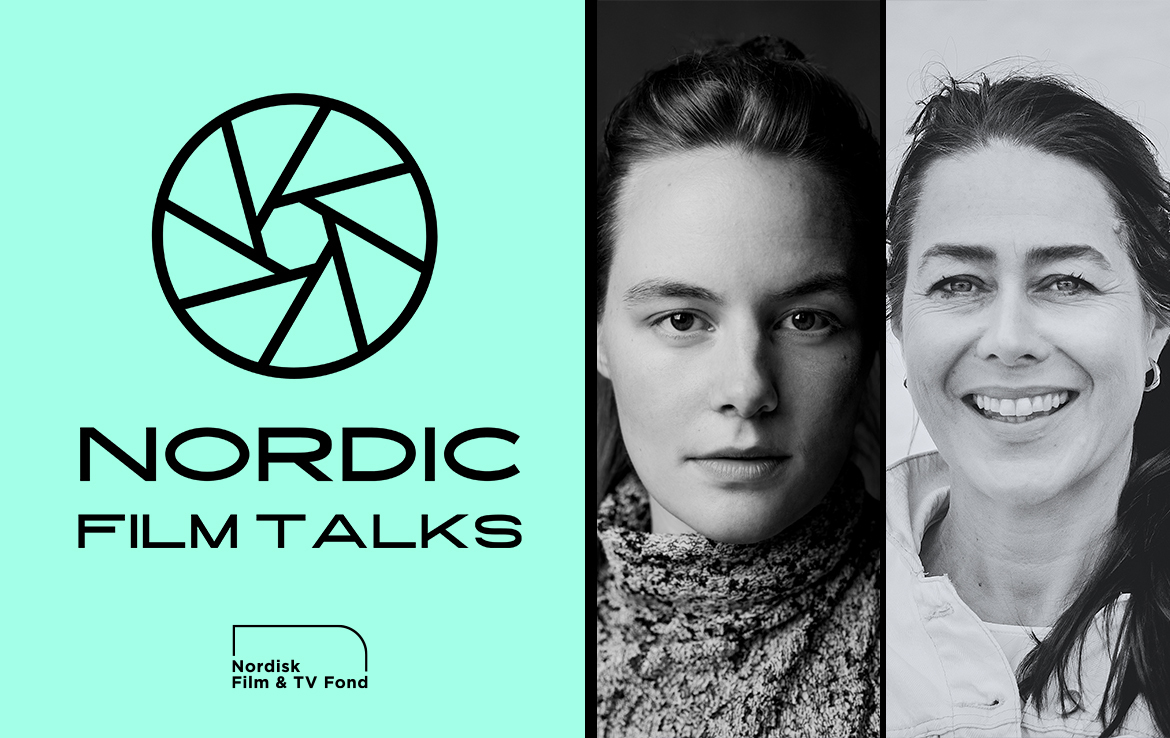
WRITTEN BY: Wendy Mitchell
The Icelandic filmmaker talks about the spontaneous way he works with his children starring in his two latest films, Joan of Arc and The Love That Remains, and how he enjoyed exploring magical realism for the first time.
Icelandic filmmaker Hlynur Pálmason has an open-minded process of starting his films before he knows exactly what they will become. “Narratives come very much by surprise,” he says. “It's not something that I preconceive. It's something that just emerges while I'm developing and writing and filming.”
He will often shoot multiple projects at once, across several years – as was the case with his two latest films, Joan of Arc and The Love That Remains (Ástin sem eftir er).
For instance, back in 2017 he filmed his artist’s studio being demolished, without knowing where the material would be used – it’s now a powerful moment in The Love That Remains.
“Probably because I'm an artist or filmmaker, I have this need, and want to capture things before they disappear,” he says.
Pálmason spoke to the Nordic Film Talks podcast during the San Sebastian International Film Festival, where Joan of Arc had its world premiere and The Love That Remains continued its successful run after premiering at Cannes (it is now representing Iceland in the International Oscar race).
Both those films star his three children, Ída Mekkín Hlynsdóttir, Grímur Hlynsson, and Þorgils Hlynsson. Ída, now 17, had started appearing in her father’s films with lead roles in A White, White Day (Hvitur, hvitur dagur) and Godland (Vanskabte land), while the twin boys first starred with their sister in the 2022 short Nest (Hreiður).
For Joan of Arc, the director said he would pre-plan each scene, but let the twin boys, now 12, create the details. “They work it out and then they perform it for me at home, and then I can maybe do small adjustments, and then we film it.”
The story follows the twins as they construct a knight-like figure on the family’s property. Through the seasons in the wild Icelandic countryside, the audience observes the boys as they construct and demolish their lifelike creation.
He continues: “It’s great that we are spending time together, but it doesn’t mean it is all happy. We have creative conflicts…but sometimes these conflicts are keys to the most important and beautiful scenes in the film. For example, one of my boys is having a really bad day and is very annoyed, and this suddenly feeds into the film and creates a really nice dynamic between the brothers, and that spontaneous dialogue is better than something that I can write.”
The Love That Remains also stars all three children in the fictional story – with fictional parents played by Saga Garðarsdóttir and Sverrir Gudnason – of a family navigating the parents’ breakup. Despite the reality of the dramatic situation, the film has a lot of joy and playfulness in it as well.
“I had a feeling of this film being more free and playful,” he says, but only on top of the family depiction that was “very real and very authentic”.
The film - his fourth feature after Winter Brothers (Vinterbrødre), A White, White Day, and Godland - is his first to include surprising moments of fantasy. He explains: “I could feel that this film wanted to push the boundary of magical realism. In the sense of if you fear something, you could be very expressive with that, and you could go with your gut feeling about a fear or a desire and take that further and create a scene or an image that is almost bigger than the film. It happened very naturally, and it was a lot of fun.”
San Sebastian also showed more sides of Pálmason’s work – as the Tabakalera Art Centre, working in partnership with the film festival, welcomed the filmmaker’s first comprehensive visual art and moving image gallery exhibition. He says he has always worked “parallel” with cinema and visual art. “The material or the objects that I'm working on decide what they want to be,” he says.
In the full podcast interview, Pálmason also talks about The Love That Remains’ canine star, Panda, winning the Palm Dog in Cannes; how he built a special camera rig to survive Iceland’s extreme weather; and how his next film, On Land and Sea (Á landi og sjó), is “a step forward from Godland”.
Listen to the podcast here:
All Nordic Film Talks episodes are available on NFTVF’s website on the Industry Insights section (CLICK HERE), and are distributed through major podcast platforms including Spotify, Apple Podcasts, iHeartRadio, Amazon, Castbox, Deezer, Podcast Addict, Podchaser and JioSaavn.



